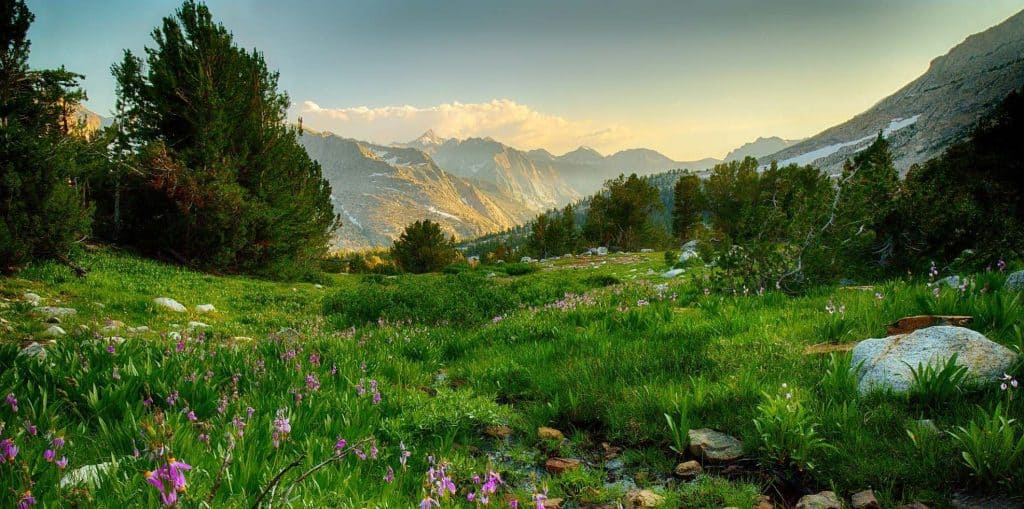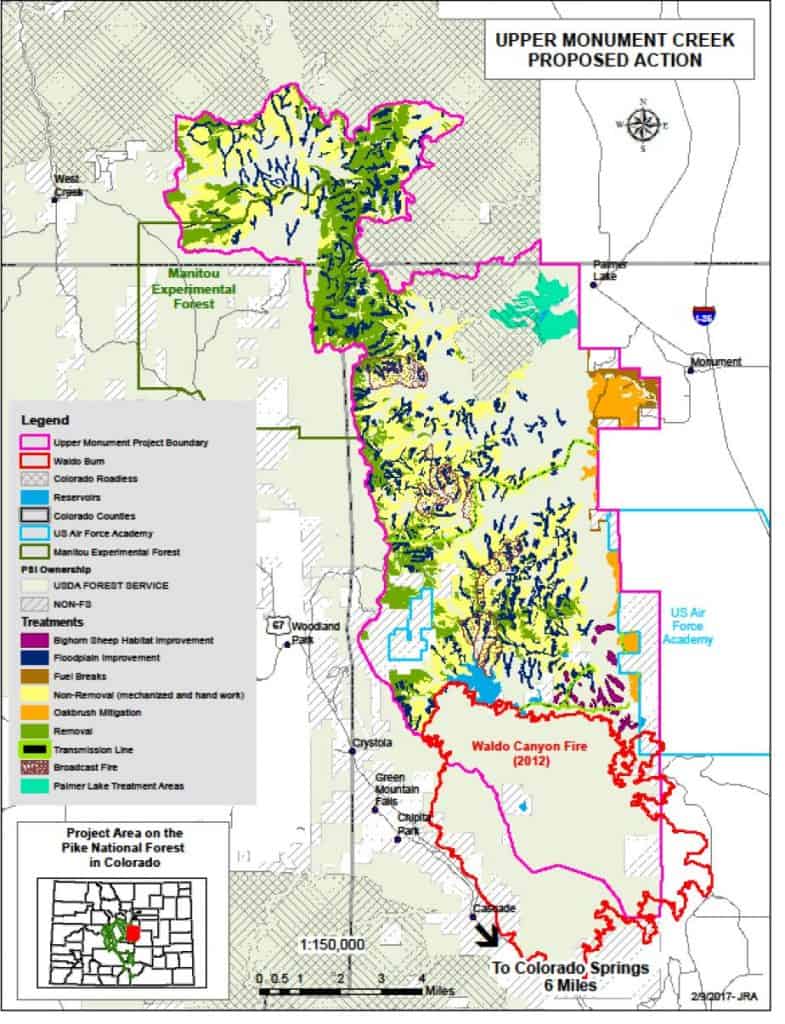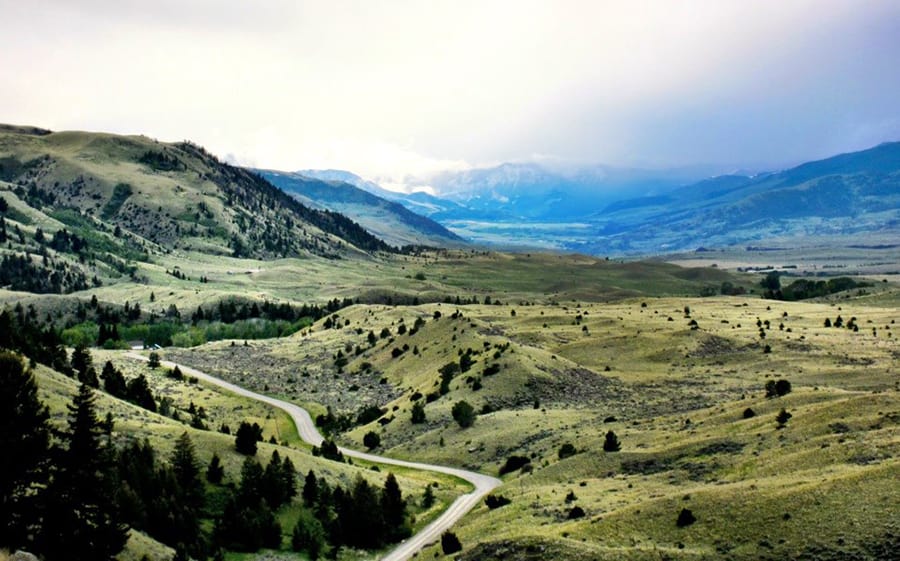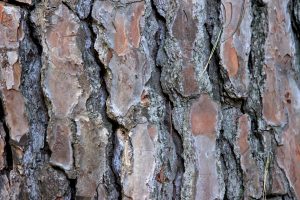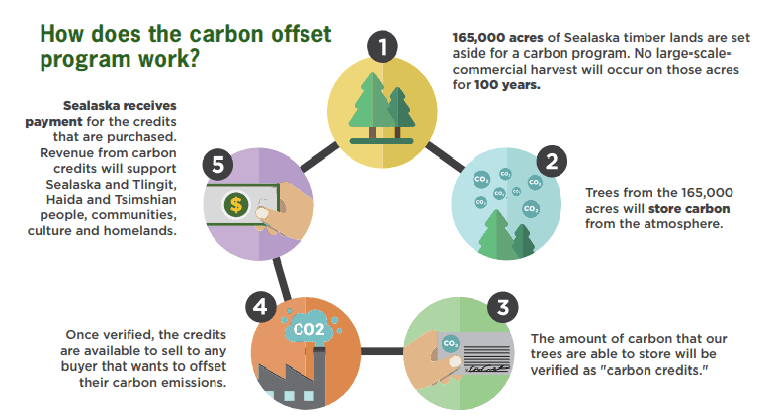One of my favorite professors at Iliff is a historian named Eric Smith. When we approach the past, he said, “we should neither be naive nor cynical.” This is a message, in my view, that applies to many things in life. With regard to EADM, you could think (the Cynical Partisan View) that this is a plot by the evil Trump Administration and Western Congressional R’s to destroy ESA, leave the public out, and lay waste to western landscapes in the name of money-grubbing corporate elites. Or you might think, (the Cynical NEPA Person View) this is the same old stuff, it comes up every decade or so, since the FS talked about Process Predicament and nothing much changed, what’s the point? But I think that there are many good ideas out there, and that this is an opportunity for us to explore them and see if there are any that we can agree on. It’s a chance to move past being stuck in the partisan swamp, and actually getting to higher ground and a better place.
Absolutely, the FS may not use our ideas. I am not naive. But I am not sure that they won’t, either, so I am not cynical. And who knows, ideas take on their own kind of life and may be adopted by Congress or other groups. And I think us discussing them outside the partisan vitriolic context has its own value to show internet world that more meaningful and less mean-spirited dialogue can take place on these platforms.
The FS says that the next opportunity to give input will be when the Draft Rule comes out in June or thereabouts. Part of the conversation is (1) what is working? (2) what is not working? (3) why do we think so? (4) what might work better? and (5) what would have to change to make that happen?
Here is the powerpoint presentation given by Glenn Casamassa. Note that Glenn’s history involved him being himself a NEPA expert, plus he is a veteran of previous NEPA improvement efforts.
Please feel free to comment on anything in the Powerpoint. I don’t know any more than the rest of you all about the process, but if we have questions we can try to find the answers. I think the NFF was supposed to generate a report based on the workshops. It would be great if that were made available and we could post and discuss. I could FOIA it but why harass FOIA people unnecessarily? Really- public comments, including syntheses thereof, should be made public IMHO.
